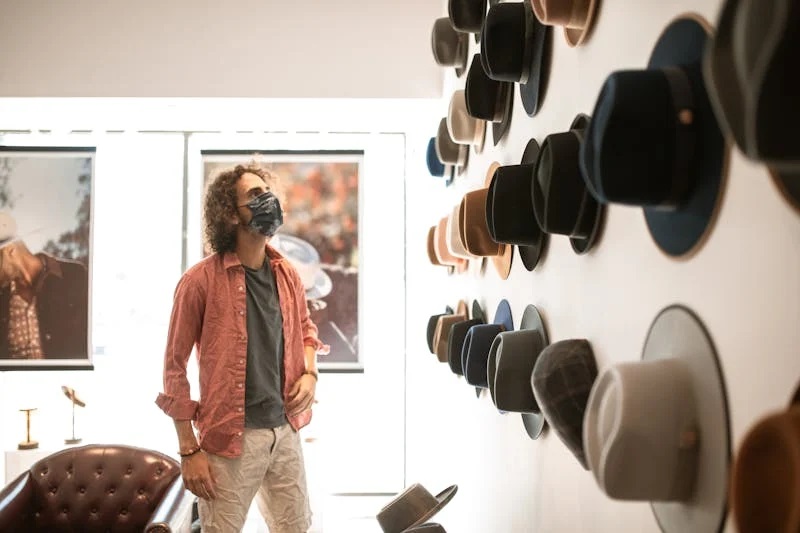How to create attractive in-store merchandising?

Merchandising is an essential practice for attracting the attention of customers, showcasing products and driving sales in physical stores. Engaging merchandising creates an engaging visual and tactile experience that inspires customers to explore further and make purchases. In this article, we'll share tips and strategies for creating effective merchandising that will make your products shine and maximize your chances of success.
Understand your target audience
Before you start creating your merchandising, it's important to understand your target audience. What are their interests, preferences and needs? What are the current trends that attract them? By knowing your audience, you can tailor your merchandising to meet their expectations and create a personalized shopping experience.
Organize your space logically
The layout of your store is crucial for successful merchandising. Organize your space logically based on product categories and customer needs. Create distinct, easy-to-navigate areas. Place the most popular or attractive products in strategic places, such as central displays or passage areas, to attract attention as soon as you enter the store.
Use attractive displays
Displays are key elements of merchandising. Use attractive displays to showcase your products. Opt for quality and aesthetically pleasing supports that correspond to the image of your brand. Experiment with different types of displays, such as shelves, tables, hangers, or boxes, to create a varied and interesting display.
Create visual stagings
Visual merchandising is a powerful method of grabbing customers' attention. Create visual displays that tell a story or evoke a mood. For example, if you sell beachwear, recreate a beach with sand, umbrellas, and beach accessories. Use decorative elements, such as posters, signs, or decorations, to heighten the atmosphere and entice customers to imagine themselves using your products.
Play with colors and lighting
Colors and lighting are powerful elements of merchandising. Choose colors that match your brand and create an attractive ambiance. Use strategic lighting to highlight products and create areas of interest. For example, use spotlights to highlight certain products or soft lights to create a warm atmosphere.
Get creative with labels and prices
Labels and pricing are often overlooked, but they can contribute to attractive merchandising. Opt for visually pleasing and informative labels. Use attractive fonts and colors that reflect your brand image. Experiment with different shapes and sizes to draw attention to prices and promotions.
Encourage interaction and experimentation
Create spaces where customers can interact with products. For example, set up a demo area where customers can test products or a consultation area where they can get personalized advice. Encourage experimentation and interaction to create an engaging experience that inspires customers to buy.
Merchandising is a powerful tool for creating an exceptional shopping experience and driving sales in physical stores. By understanding your target audience, organizing your space logically, using attractive displays, creating visual displays, playing with colors and lighting, being creative with labels and pricing, and encouraging interaction and experimentation, you can create engaging merchandising that will make your products shine and attract customers. Put these strategies into practice and transform your store into a place where customers are captivated, inspired and ready to buy.


Reviews